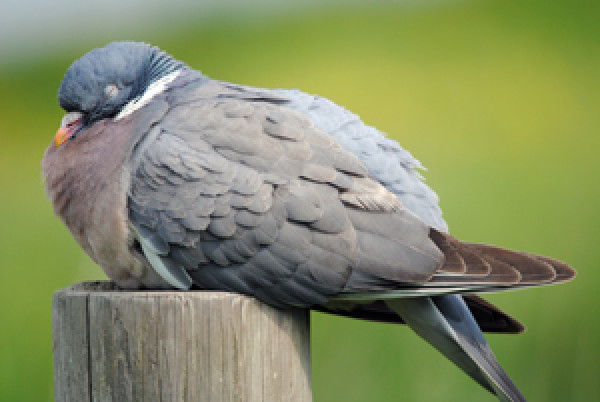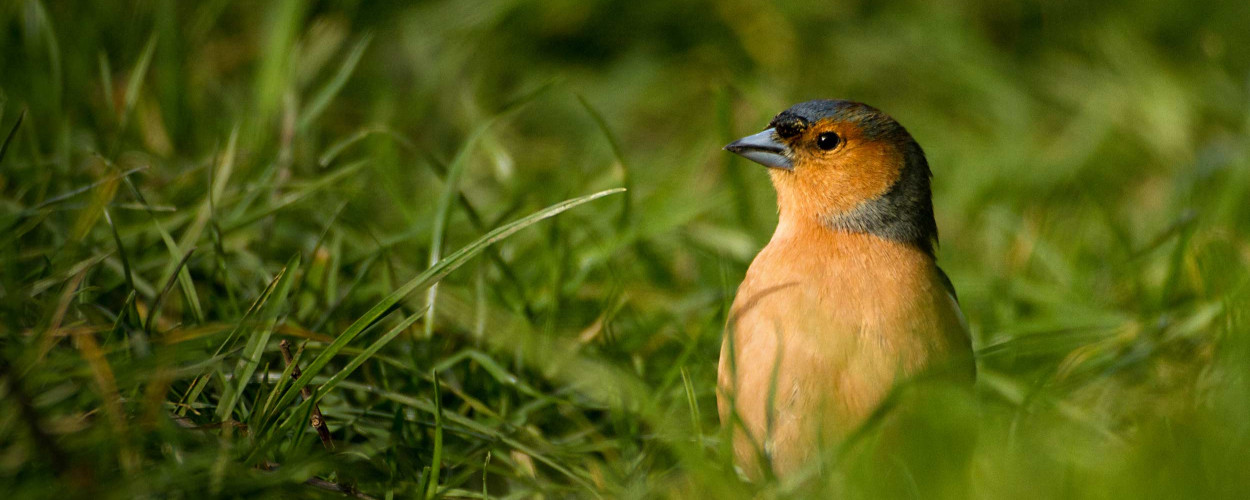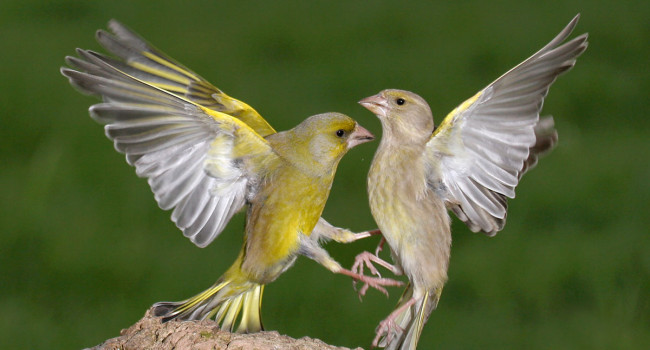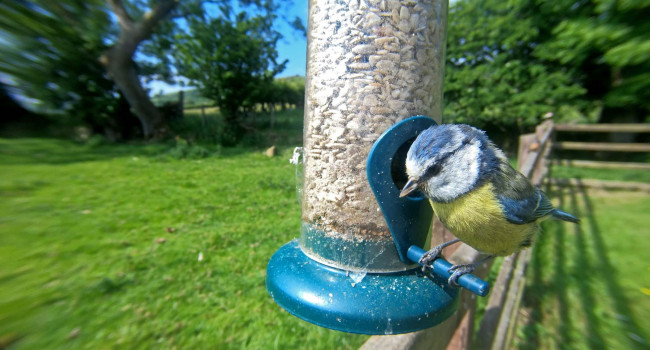Disease and garden birds
Outbreaks of disease may occur in populations of wild birds wherever they occur, including those visiting gardens.
Because garden birdwatchers take so much interest in the birds visiting their gardens, they may occasionally come across diseased birds and a number of different diseases have been reported from birds seen at garden feeding stations. These include those caused by Salmonella and E. coli but other, less familiar disease may also occur.

It is known that the transmission of disease between individuals tends to be increased where birds gather together in large numbers and this may go some way to explaining why some species may be more susceptible than others.
Anecdotal evidence suggests that some bird species may be more susceptible to disease than others. Certainly, Greenfinches, Chaffinches, Siskins, House Sparrows and Collared Doves appear to be the most commonly reported victims of diseases.
This may, in part, reflect the gregarious nature of these birds and their tendency to feed in flocks.
- Information on diseases and other forms of mortality in garden wildlife is being collected through Garden Wildlife Health.
- To learn more information about diseases such as avian influenza (bird flu), please see our page about avian influenza.
Report disease in your garden
Report sightings of diseased birds and other wildlife to the Garden Wildlife Health project: a partnership between ZSL, BTO, Froglife and RSPB.
Report an incidentChaffinches are in crisis
We urgently need your help to understand why the UK breeding population of Chaffinch has fallen by a quarter in just five years.
Buy bird feeder hygiene products from a reputable company
BTO is proud to work in partnership with leading bird-care company Vine House Farm, with the shared aim of making a positive impact for birds.
- Please visit their website for high-quality nest boxes, bird houses, foods, feeders and more.







Share this page